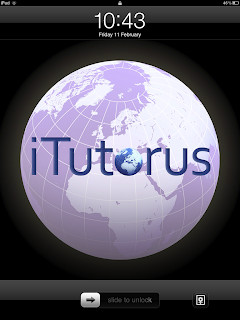The role of the encoder in the workflow is to compress the video files to a workable (smaller) size, compression is the means by which we reduce the amount of storage space taken up by each video file.
To put the problem of file size in perspective, at the capture (filming) stage of a project, our video files take up about 13GB / hour (around the same size as the usable space on our iPads) - and this is already slightly compressed footage. Once properly encoded, each video file will be reduced significantly to between 15-100MB, depending on quality (1GB = 1024MB). This allows us to fit significantly more (compressed) video files onto the iPad.
Compression does have its drawbacks, most notably reduced quality - however by using clever tricks (the right codecs), it is possible to dramatically reduce file sizes but still keep the quality high. Compression choices will always revolve around a trade off between file size and picture quality.
There are many different compression standards available, applicable to both audio and video file formats, the current leader in video compression is called h.264. This is the standard used for most video delivery on the internet, and is also used for modern Blu Ray optical discs. The iPad also supports h.264 natively.
The term 'natively' is one of the key reasons behind making the iPad so good at playing h.264 videos.
Where many budget computers struggle, the iPad is helped by a built in chip dedicated to decoding the h.264 standard. Most computers have to use highly processor intensive software to decode h.264, but the iPad’s chip is specially designed to handle the operations. It is important to note, however, that the iPad does not support ALL variations of h.264. Like many technologies, the 'standard' is constantly being developed and there are a variety of ‘flavors’ of h.264.
There are many different applications which allow us to convert video to the h.264 standard, including:
- Handbrake - free open source software
- All Apple Video packages (including Final Cut Pro)
- Commercial applications like ‘Main Concept’
Apple’s packages provide a very quick and easy way of delivering iPad compatible h.264, however the quality and output files sizes are not always the optimum.
Handbrake is a free and viable alternative and provides a highly configurable environment to change the many parameters of the encoding process, however it still doesn’t provide a definitive end product. It should also be noted that there are potential usage implications as there are many owners of the different technologies featured in the x.264 standard for which some developers might incur royalty payments.
By far the better option, from a quality perspective, out of these three options, would be to use a commercial application, however, these can cost anything up to £1000 for very high quality and well supported software, which represents a serious investment for what may ultimately result in only marginally better picture quality.
















